A user story is a concise, written description of a feature or functionality from an end user’s perspective. It serves as a communication tool to capture the user’s requirements and provide a shared understanding between the development team and stakeholders. User stories are commonly used in agile software development frameworks like Scrum.
In Scrum, user stories are a fundamental tool for capturing and managing requirements.
User stories play a central role in Scrum because they encapsulate the needs and expectations of the users. They represent the “what” of the development process, focusing on the value that the product should deliver. User stories are commonly used in the product backlog, which is a prioritized list of all the desired features and functionalities. During sprint planning, user stories are selected from the product backlog and broken down into smaller, actionable tasks for implementation within a sprint.
The user story format typically follows the template:
“As a [user role], I want [goal] so that [reason].”
1. User Role
The user role represents the persona or the specific user group for whom the feature or functionality is intended. It helps provide context and understanding of the target audience. Examples of user roles can include:
-
- “As a customer”
- “As a system administrator”
- “As a website visitor”
2. Goal
The goal represents the specific functionality or feature that the user wants to accomplish. It focuses on the desired outcome from the user’s perspective. The goal should be clear, specific, and actionable. Examples of goals can include:
-
- “I want to be able to search for products by keywords.”
- “I want to be able to create and manage events on the calendar.”
- “I want to be able to submit a support ticket.”
3. Reason
The reason provides the rationale or the benefit behind the user’s goal. It explains why the user wants to achieve that particular functionality or feature. It helps the development team understand the value and importance of the user story. Examples of reasons can include:
-
- “So that I can find the products I need more efficiently.”
- “So that I can keep track of important events and deadlines.”
- “So that I can get timely assistance for any issues or queries.”
Let’s consider an example user story for a task management application:
“As a project manager, I want to be able to assign tasks to team members so that I can delegate responsibilities and track progress effectively.”
-
- User Role: Project Manager
- Goal: Assign tasks to team members
- Reason: Delegate responsibilities and track progress effectively
Explanation: In this user story, the project manager identifies the need to assign tasks to team members. The goal is to delegate responsibilities and track progress efficiently. This user story highlights the importance of task assignments in enabling effective project management and collaboration within the team.
Different Stages of Writing User Stories
1. Identification
During this stage, you identify the target users or personas and understand their needs and goals. This involves conducting user research, interviews, and analyzing stakeholder requirements to gain insights into their expectations and pain points.
2. Story Writing
In this stage, you write user stories based on the identified user needs and goals. Each user story should focus on a specific functionality or feature. It is essential to keep the stories concise, independent, and achievable within a single iteration.
3. Prioritization
User stories are prioritized based on their importance and value to the users and stakeholders. Prioritization involves collaborative discussions and considering factors like business value, user impact, and dependencies. Prioritizing user stories helps ensure that the most valuable features are developed early on.
4. Estimation
During estimation, the development team estimates the effort required to implement each user story. This can be done using techniques like story points or relative sizing, where the team assigns a relative value to each story based on complexity and effort. Estimation helps in planning and resource allocation.
5. Refinement
Refinement involves further detailing and refining the user stories to make them more actionable and specific. This includes breaking down larger stories into smaller, more manageable ones and adding acceptance criteria. Acceptance criteria define the conditions that must be met for a user story to be considered complete.
Benefits of User Stories
1. User-Centric Approach
User stories focus on the needs and goals of the end users, ensuring that the developed features align with their expectations and provide value. By keeping users at the center, user stories help create products that truly meet their specific needs and preferences.
2. Collaboration and Communication
User stories act as a communication tool, fostering collaboration between the development team and stakeholders. They provide a shared understanding of requirements and facilitate meaningful discussions. User stories encourage stakeholders to provide feedback, leading to a better overall understanding of the desired product.
3. Flexibility and Adaptability
User stories are flexible and allow for changes in requirements over time. They can be reprioritized, added, or modified based on feedback and evolving needs. This flexibility enables teams to respond to changing market conditions, technological advancements, and emerging opportunities.
4. Iterative and Incremental Development
User stories support the iterative and incremental development approach of agile methodologies. By breaking down requirements into small, manageable user stories, teams can deliver value in short iterations or sprints. This iterative approach allows for continuous feedback and validation from stakeholders, leading to better product outcomes.
5. Easy to Understand and Maintain
User stories are written in a simple and concise format that is easy to understand for both technical and non-technical team members. This clarity facilitates better collaboration and reduces the chances of misinterpretation. Additionally, user stories are more maintainable compared to traditional lengthy requirement documents, as they focus on specific features and can be easily updated or reprioritized.
6. Focus on Value
User stories emphasize delivering value to the end users. By articulating the goals and reasons behind each feature, user stories help the development team prioritize their work based on the value it brings to the users. This ensures that the most valuable features are developed and delivered early, maximizing customer satisfaction.
7. Empowers the Development Team
User stories empower the development team to take ownership and responsibility for delivering valuable features. The collaborative nature of user story discussions allows team members to contribute their expertise and provide input on the feasibility and implementation aspects. This promotes a sense of ownership and engagement among the team members.
8. Provides a Testable Scope
Each user story, when properly defined, comes with a set of acceptance criteria that outline the conditions that must be met for the story to be considered complete. These acceptance criteria serve as a basis for testing the functionality and ensure that the development team and stakeholders have a shared understanding of the expected outcomes.
9. Enables Early and Continuous Feedback
User stories facilitate early and continuous feedback from stakeholders, including users, product owners, and other team members. This feedback loop helps to validate assumptions, clarify requirements, and make necessary adjustments early in the development process. Regular feedback ensures that the final product meets the expectations and needs of the users.
10. Supports Continuous Improvement
User stories are not only valuable for individual iterations or sprints but also contribute to the overall product development process. Through regular retrospectives and feedback sessions, the team can identify areas of improvement, refine the user stories, and enhance their understanding of user needs. This continuous improvement mindset leads to a more efficient and effective development process.
11. Enhances Communication and Collaboration
User stories serve as a common language between the development team, product owner, and stakeholders. They provide a structured format for discussions and help bridge the gap between technical and non-technical team members. User stories facilitate effective communication, ensuring everyone is aligned with the project’s goals and requirements.
In summary, user stories are a vital component of Scrum as they provide a clear, concise, and user-centric way of capturing and managing requirements. They facilitate collaboration, enable iterative development, and ensure that the product aligns with the needs and goals of the users. By using user stories effectively, Scrum teams can enhance their ability to deliver high-quality products that meet customer expectations.


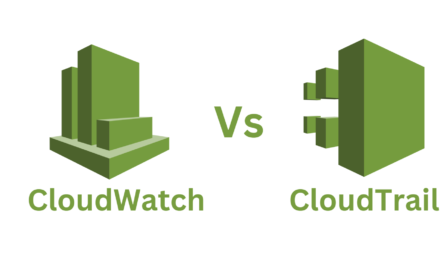
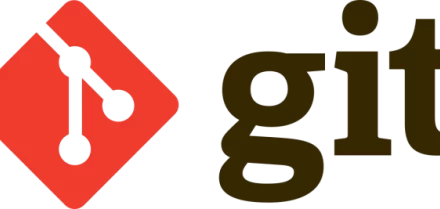
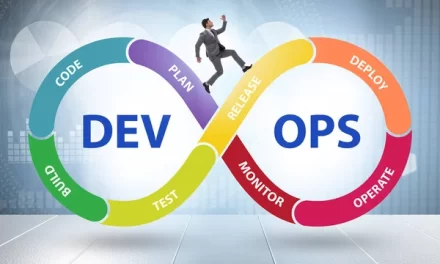


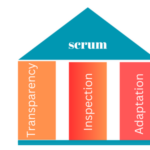



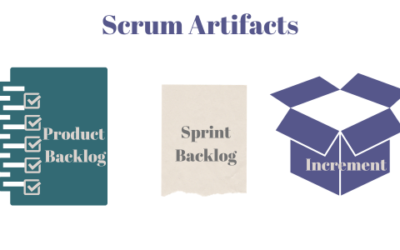

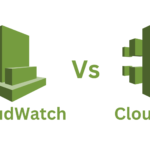


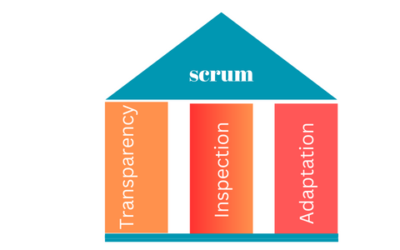
0 Comments